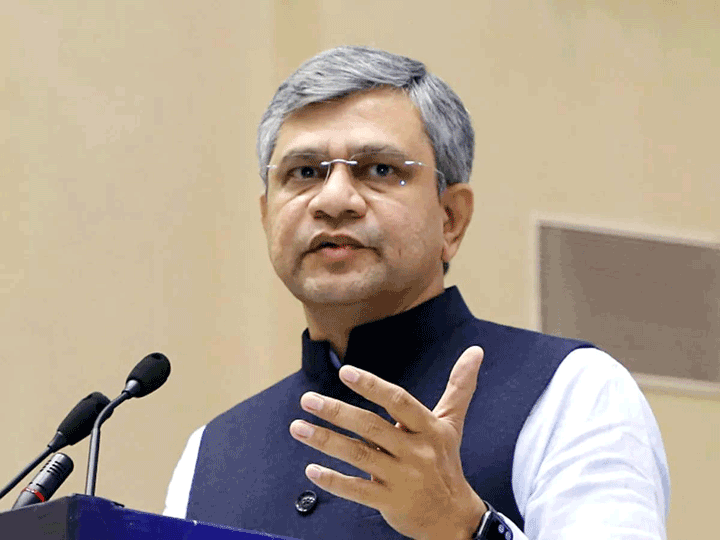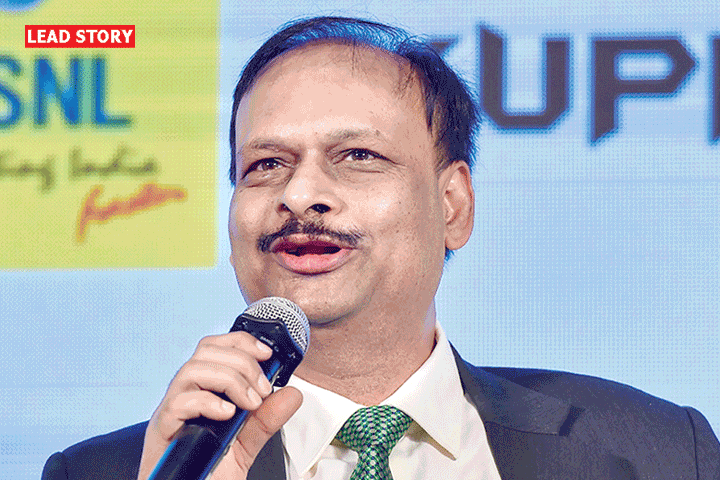Microsoft trumpets Windows 10, and pushes into sci-fi tech
Microsoft continues to bank on its Windows operating system. But the software giant is also increasingly staking out new technology areas, including software that can have natural conversations with people.
Those were the twin messages from the company at an event in San Francisco on Wednesday for developers. At the event, Microsoft said Windows 10, the latest version of its operating system, is now running on 270 million active devices, eight months after it was released to the public. That represented the fastest adoption ever for a new version of Windows, outpacing the rate at which Windows 7 was adopted by 145 percent, the company said.
Microsoft also revealed new tools for developers to create “bots,” pieces of software that can be used to produce new methods of interacting with computers, such as a chat interface for ordering pizzas online.
“We want to build intelligence that augments human abilities and experiences,” Satya Nadella, Microsoft’s chief executive, said at the event.
The bot move is something of a gamble. Microsoft recently released a Twitter chatbot called Tay that used artificial intelligence to respond to communications from Twitter users. The experiment went awry when people fooled the software into repeating racist, sexist and other offensive remarks. Microsoft shut Tay down and Nadella acknowledged the company had been humbled.
“We’re back to the drawing board,” he said.
In another area of new technology, Microsoft said it had begun shipping a version of HoloLens, the company’s augmented reality headset that overlays digital images on the wearer’s view of the real world. The $3,000 product is aimed at developers making applications for HoloLens. Microsoft has not said when it will begin selling a version of the product for the public or how much it will cost.
The company also emphasized its progress with Windows 10, in a reminder that — for all of the talk of Microsoft’s fading stature in the technology industry — Windows is still the software that most of the world uses to run its PCs.
Microsoft previously said it intended to get Windows 10 running on 1 billion devices two to three years after the product shipped in July. In a recent interview, Terry Myerson, the executive vice president of the Windows and devices group at Microsoft, said he was confident the company could still reach that objective.
“The goal was always ambitious, but enterprises are deploying faster than ever before,” Myerson said.
Yet Windows 10 may not do everything Microsoft hoped. Its success has not significantly shifted the tech industry’s dynamics, in which mobile platforms like Apple’s iOS and Google’s Android have eclipsed Windows among software developers hunting for the largest and most engaged audience of users. PC sales have not grown in years, and most analysts don’t expect that to change soon.
Jan Dawson, an analyst at Jackdaw Research, said developers had little incentive to create software for Windows first when they can reach bigger audiences elsewhere.
“This year, we’ll likely see more enterprises embracing Windows 10 after a period of watching and testing the platform, so that will help, but it won’t do anything for consumer adoption or increased development by consumer-centric app developers,” Dawson said in an email.
A big reason for Microsoft’s waning influence among developers is its dire situation in mobile. The company’s acquisition of Nokia’s mobile phone division several years ago was widely viewed as a disaster. Microsoft later laid off much of the workforce that joined through the deal and slashed the number of handset models it sells.
Windows 10 is supposed to give developers an extra incentive to create apps for Microsoft products by making it easy for them to produce software that can run on any Windows 10 device, including PCs, smartphones and the Xbox One console. Microsoft praises new “universal apps” of this nature from the likes of Twitter, Uber, King, Disney, the Wargaming Group, Square Enix and Yahoo.
It isn’t clear that the apps being made for Windows 10 will be sufficient to get people to buy phones running the software.
“We obviously have work to do in mobile,” Myerson said.
To keep interest in Windows 10, Microsoft said Wednesday that it would refresh the software with an update that would connect users with Cortana, the virtual assistant in the operating system, without requiring a PC to be unlocked first. People could then use their PCs like Amazon’s Echo device, which can be summoned to answer questions about the weather and trivia from across the room.
The Windows 10 update will also enhance a feature called Windows Hello that lets people more securely log into Windows using biometric verification, like facial recognition. The change will allow people to sign into websites and apps with Windows Hello so they don’t have to use passwords.
David Smith, an analyst at Gartner, said Windows 10 should be considered a success, especially compared with its predecessor, Windows 8, which many people disliked for too aggressively pushing a striking redesign of the software’s interface. (Microsoft skipped over the Windows 9 name.)
Still, he doubts that enough people will see a need to buy PCs to return the market to growth.
“I don’t see it creating this massive upgrade cycle,” Smith said.











